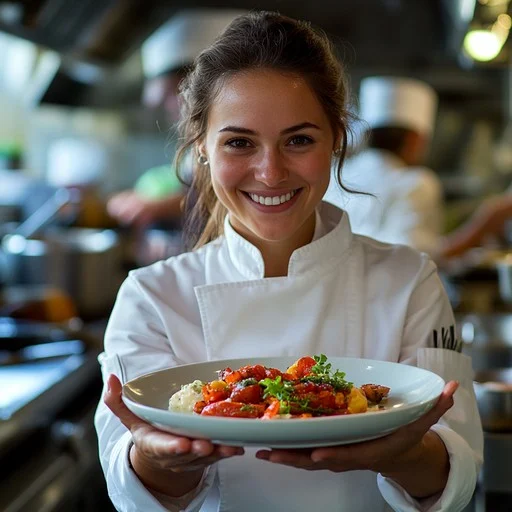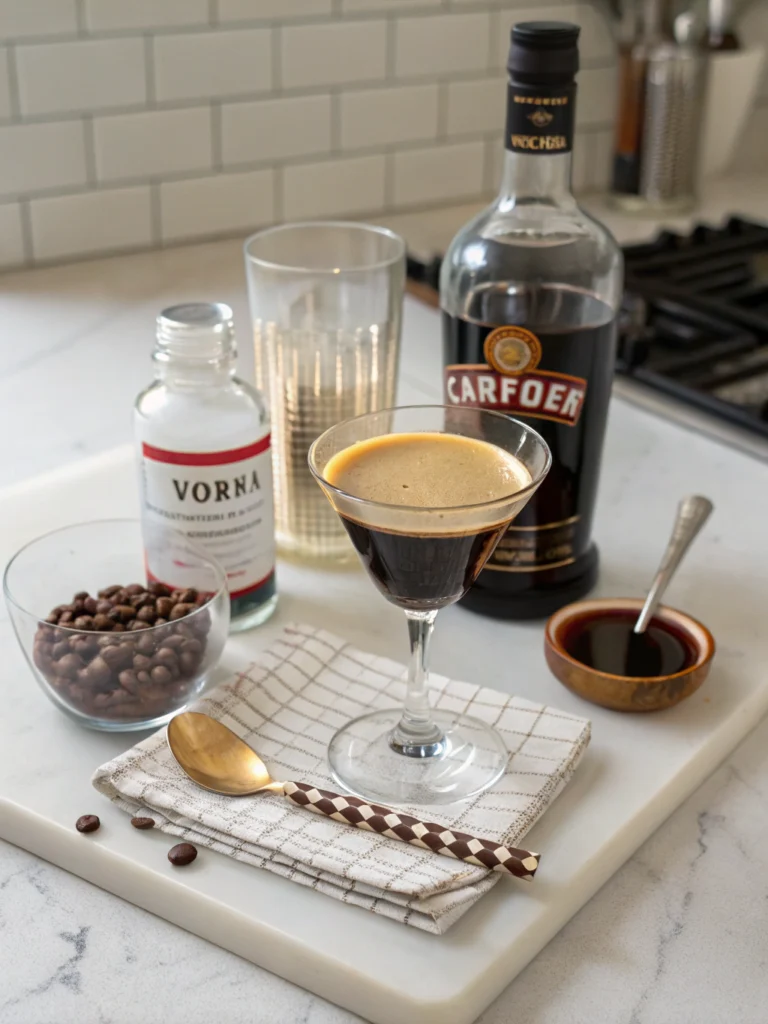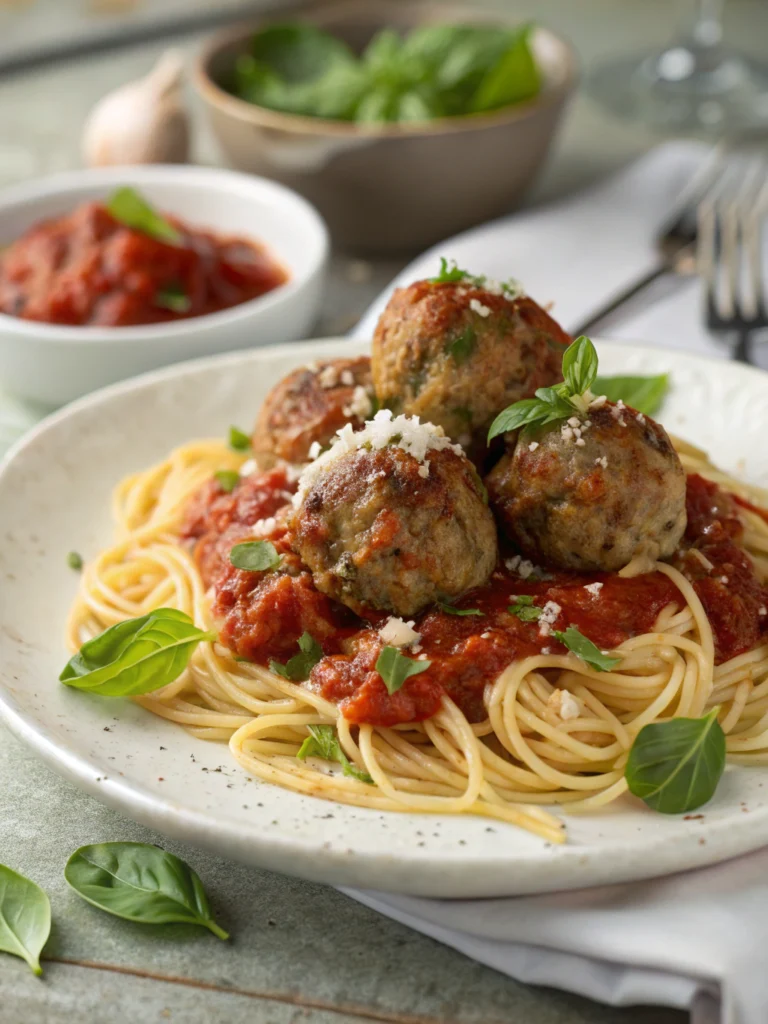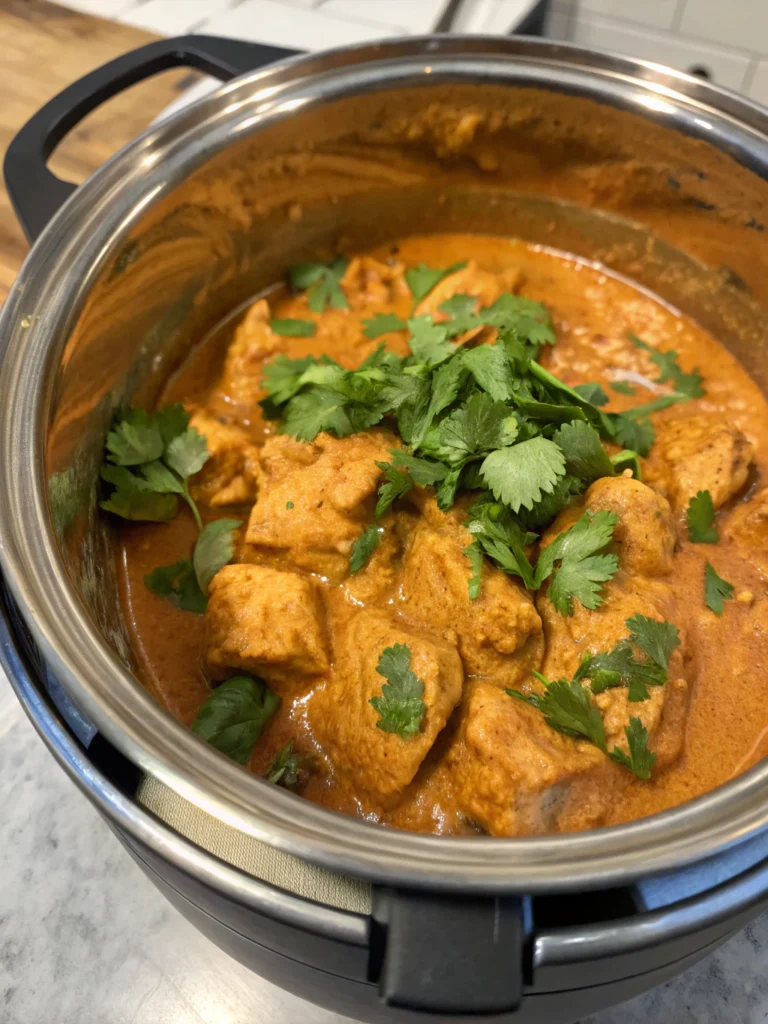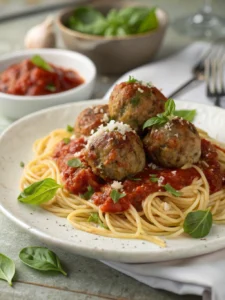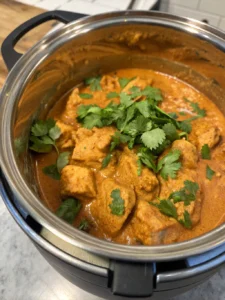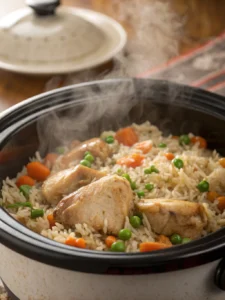Zucchini Noodles with Pesto Sauce – Fresh, Low-Carb & Ready in 15 Minutes
Ever wondered how to satisfy your pasta cravings without the carb overload? What if you could enjoy a delicious Italian-inspired dish that’s ready in minutes, packed with nutrients, and won’t leave you feeling heavy afterward?
That’s exactly what makes zucchini noodles with pesto sauce such a game-changer in the kitchen. This vibrant, flavor-packed dish transforms humble zucchini into delicate strands that perfectly capture the rich, herbaceous notes of fresh pesto sauce.
Whether you’re following a keto lifestyle, need a gluten-free option, or simply want to incorporate more vegetables into your meals, this recipe delivers restaurant-quality results with minimal effort. Let’s dive into this 15-minute wonder that’s revolutionizing weeknight dinners across the country.
Ingredients List

The beauty of zucchini noodles with pesto sauce lies in its simplicity. Gather these fresh ingredients for a meal that tastes like summer on a plate:
- 4 medium zucchini (about 2 pounds), firm and fresh
- 1/2 cup homemade or store-bought pesto sauce
- 2 tablespoons extra virgin olive oil
- 2 cloves garlic, minced
- 1/4 cup pine nuts, lightly toasted
- 1/3 cup freshly grated Parmesan cheese
- 1/4 teaspoon red pepper flakes (optional)
- Salt and freshly ground black pepper to taste
- Fresh basil leaves for garnish
- Cherry tomatoes, halved (optional)
Ingredient substitutions: No pine nuts? Walnuts or almonds work beautifully. For dairy-free options, nutritional yeast can replace Parmesan. Yellow summer squash can substitute for or complement zucchini for a colorful twist.
Timing
One of the biggest advantages of zucchini noodles is their quick cooking time compared to traditional pasta:
Prep time: 10 minutes (includes spiralizing zucchini and preparing ingredients)
Cook time: 5 minutes
Total time: 15 minutes
That’s 75% faster than cooking traditional pasta dishes, which typically require 30-40 minutes from start to finish. This makes it perfect for busy weeknights when you need something nutritious without spending hours in the kitchen.
Step-by-Step Instructions

Step 1: Prepare the Zucchini
Wash the zucchini thoroughly and pat dry. Trim off both ends. For uniform noodles, choose zucchini of similar size and thickness. If using a spiralizer, secure the zucchini and turn the handle to create long, spaghetti-like strands. No spiralizer? Use a vegetable peeler to create ribbon-like noodles or a julienne peeler for thinner strands.
Step 2: Remove Excess Moisture
Place your spiralized zucchini in a colander and sprinkle with a half teaspoon of salt. Let sit for 10 minutes – this draws out excess moisture, preventing soggy noodles. After 10 minutes, gently press with paper towels to absorb the released water. For extra-dry noodles, squeeze small batches in a clean kitchen towel.
Step 3: Toast the Pine Nuts
In a dry skillet over medium-low heat, toast pine nuts until fragrant and golden, about 2-3 minutes. Stir constantly to prevent burning, as they can go from perfect to ruined in seconds. Immediately transfer to a plate to stop the cooking process. This step enhances their nutty flavor and adds crucial textural contrast.
Step 4: Cook the Zucchini Noodles
Heat olive oil in a large skillet over medium heat. Add minced garlic and sauté for 30 seconds until fragrant but not browned. Add the zucchini noodles and cook for just 2-3 minutes, tossing gently with tongs. The key is to heat them through without overcooking – they should remain slightly crisp with a tender bite.
Step 5: Add the Pesto
Remove the skillet from heat. Add the pesto sauce to the warm (not hot) zucchini noodles and toss gently to coat evenly. The residual heat will warm the pesto without breaking down its fresh flavors. If your pesto is thick, add 1-2 tablespoons of the zucchini cooking liquid to create a silkier sauce.
Step 6: Finish and Serve
Transfer zucchini noodles with pesto sauce to serving plates. Top with toasted pine nuts, freshly grated Parmesan, a sprinkle of red pepper flakes (if using), and fresh basil leaves. Add halved cherry tomatoes for a pop of color and acidity. Serve immediately for the best texture and flavor experience.
Nutritional Information
This zucchini noodles with pesto sauce recipe offers impressive nutritional benefits compared to traditional pasta dishes. A typical serving (approximately 1.5 cups) contains:
Calories: 220 (70% fewer than traditional pasta with pesto)
Carbohydrates: 8g (85% reduction compared to wheat pasta)
Protein: 7g
Fat: 18g (primarily healthy fats from olive oil, pine nuts, and cheese)
Fiber: 3g
Vitamin C: 35% of daily value
Vitamin A: 15% of daily value
Calcium: 12% of daily value
Potassium: 14% of daily value
Zucchini noodles provide significant nutritional advantages, including 58% fewer calories and 70% fewer carbohydrates than traditional pasta dishes, while delivering higher levels of essential nutrients like potassium and vitamin C.
Healthier Alternatives for the Recipe
While already nutritious, you can further customize this recipe to meet specific dietary needs:
Lower calorie version: Reduce pine nuts to 2 tablespoons and Parmesan to 2 tablespoons, saving approximately 50 calories per serving.
Vegan adaptation: Use nutritional yeast instead of Parmesan and ensure your pesto is dairy-free (substitute nutritional yeast for cheese in homemade pesto).
Higher protein option: Add 4 ounces of grilled chicken breast, shrimp, or white beans per serving, increasing protein content by 25-30 grams.
Lower fat alternative: Create a lighter pesto using half the olive oil and replacing some with vegetable broth or reserved pasta water for a silky texture without extra calories.
Serving Suggestions
Elevate your zucchini noodle experience with these complementary pairings:
Protein pairings: Serve alongside grilled salmon, lemon-garlic shrimp, or herb-roasted chicken breast for a complete meal.
For entertaining: Create a stunning zucchini noodle bar with various toppings in small bowls – roasted red peppers, artichoke hearts, olives, different cheeses, and protein options.
Side dish transformation: Serve smaller portions as a vibrant side dish alongside grilled meats or as a starter before a lighter main course.
Temperature variations: While typically served warm, this dish also works beautifully chilled as a refreshing summer pasta salad – perfect for picnics or meal prep.
Common Mistakes to Avoid
- Overcooking the noodles: Zucchini releases water quickly when heated. Cook for just 2-3 minutes to prevent mushy, watery noodles. They should retain a slight crunch.
- Skipping the salt step: Drawing out moisture with salt before cooking is crucial for texture. Studies show this can remove up to 30% of excess water.
- Adding pesto to hot noodles: High heat breaks down the fresh flavors and vibrant color of pesto. Always remove from heat before adding.
- Using thick zucchini: Larger zucchini (over 2 inches in diameter) tend to be watery with large seeds. Choose medium-sized, firm zucchini for the best texture.
- Heavy saucing: Unlike wheat pasta, zucchini doesn’t absorb sauce. Use about 25% less pesto than you would with regular pasta.
Storing Tips for the Recipe
For optimal freshness and texture, follow these storage guidelines:
Immediate storage: If not serving immediately, slightly undercook the zucchini noodles. They’ll continue to soften as they sit.
Refrigeration: Store cooked zucchini noodles separately from pesto for up to 2 days in airtight containers. The noodles will release more water during storage – drain before reheating.
Meal prep strategy: Spiralize zucchini up to 3 days in advance, storing between paper towels in a sealed container. Prepare pesto up to 5 days ahead, with a thin layer of olive oil on top to prevent oxidation.
Freezing note: While pesto freezes beautifully (in ice cube trays for portion control), raw or cooked zucchini noodles don’t freeze well due to their high water content.
Conclusion
With its perfect balance of fresh flavors, nutritional benefits, and incredibly quick preparation time, this zucchini noodles with pesto recipe deserves a regular spot in your meal rotation. The dish offers all the satisfaction of pasta with a fraction of the carbs and calories, while delivering more nutrients and vibrant flavor.
Have you tried making zucchini noodles before? Whether you’re a seasoned zoodle enthusiast or a curious first-timer, I’d love to hear about your experience with this recipe! Share your results, modifications, or questions in the comments below. And if you’re looking for more vegetable-forward dishes that don’t sacrifice flavor, check out our collection of healthy comfort food makeovers!

